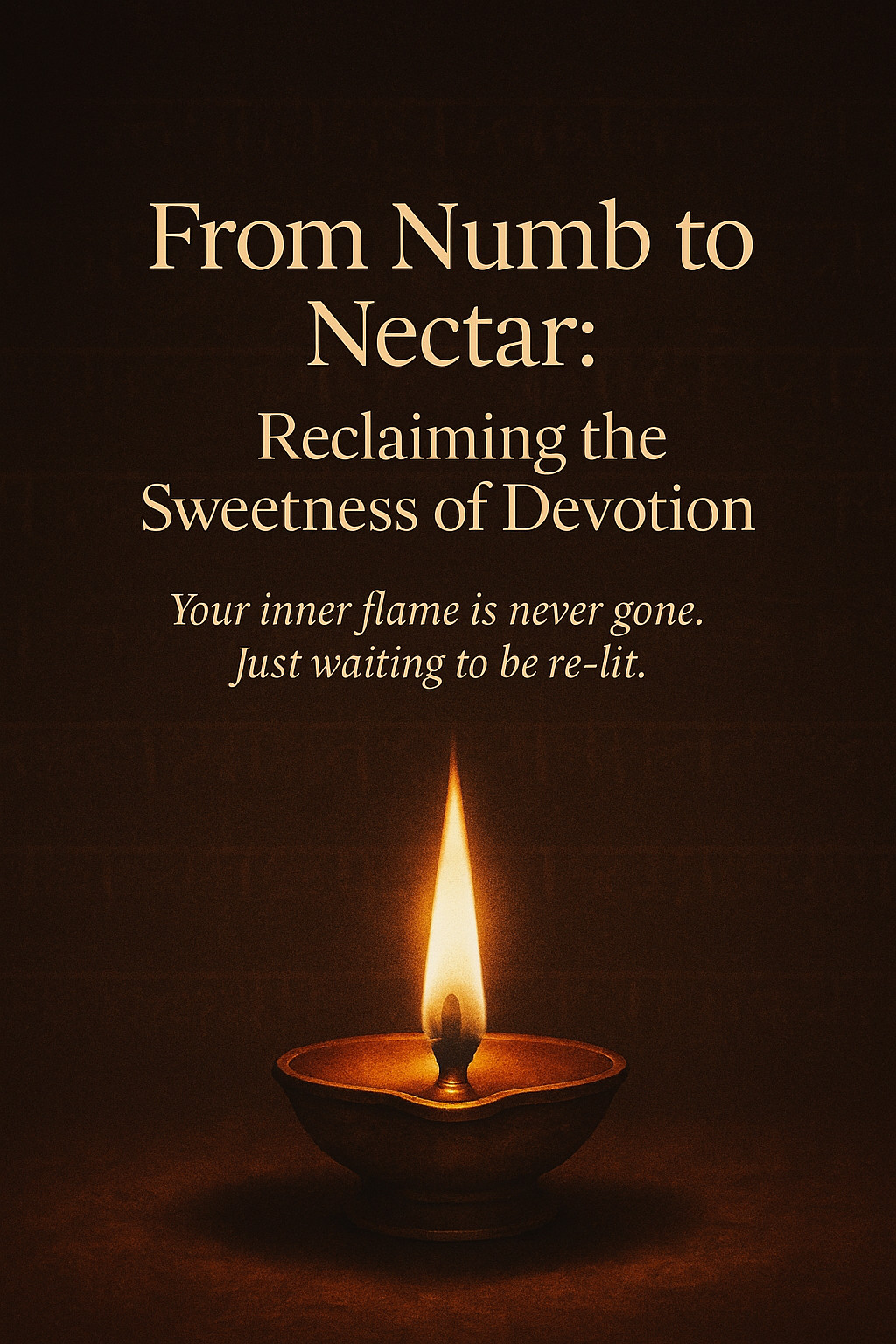Most of us breathe all day, every day—without a second thought. But what if I told you that the key to healing, regenerating, and even rewiring your body lies not in the breath itself, but in the pause between them?
Welcome to the ancient—and now scientifically validated—practice of intermittent hypoxia: the intentional act of holding your breath for short, controlled periods.
🫁 What is Intermittent Hypoxia?
Intermittent hypoxia simply means temporarily reducing the oxygen supply in your body by holding your breath. This isn’t extreme or dangerous when done correctly—it’s therapeutic. And it’s something our ancestors, monks, yogis, deep divers, and elite athletes have used for centuries to sharpen awareness, build endurance, and activate deep healing.
Today, science is finally catching up.
🧬 How It Rebuilds Your Body
Holding your breath creates a mild stress response in the body, triggering adaptation mechanisms that are beneficial, not harmful—similar to how fasting or cold exposure works.
Here’s what happens during that quiet pause:
- 🧪 Stem Cell Activation
Studies have shown that intermittent hypoxia stimulates stem cell production, which supports tissue repair, organ regeneration, and even the slowing of cellular aging. - 🧠 Neurogenesis & Brain Clarity
Oxygen becomes precious, and your brain becomes focused. This improves cognitive function, mental clarity, and stress resilience. - 💓 Cardiovascular Efficiency
Your heart learns to beat smarter, not harder. Intermittent breath holds improve circulation, reduce blood pressure, and increase oxygen efficiency. - 🧘♀️ Nervous System Balance
Short breath holds calm the sympathetic (fight-or-flight) response and strengthen the parasympathetic (rest-and-digest) system. This leads to more emotional regulation, inner peace, and grounded energy.
🌬️ The Yogic Connection: Pranayama + Breath Retention
In the yogic world, breath retention is known as Kumbhaka, one of the most sacred practices in Pranayama. The ancient sages understood what science is now proving:
Stillness in the breath equals stillness in the mind.
Stillness in the breath equals stillness in the mind.
Kumbhaka is not about suffocating—it’s about cultivating awareness and control over your life force, or prana.
Pair it with:
- Box breathing: Inhale 4 – Hold 4 – Exhale 4 – Hold 4
- Anulom Vilom (Alternate Nostril Breathing): Add short retentions after each inhale or exhale
- Wim Hof–style breathwork: 30 breaths + 1-minute hold
Start small. Build gradually. Respect your body.
💡 You Don’t Need a Gym. You Don’t Need Equipment.
Just you.
Your breath.
And a few minutes a day.
Your breath.
And a few minutes a day.
Whether you're sitting in traffic, meditating at dawn, or taking a break at work—you can practice this anywhere.
In a world addicted to stimulation, healing often begins in silence… in the sacred stillness between breaths.
🌟 Final Thought
Holding your breath might seem counterintuitive. But in that short, intentional pause, something magical happens:
- Your cells awaken.
- Your heart rebalances.
- Your mind quiets.
- Your body remembers how to heal itself.
Start today.
A few minutes. A few breaths.
And step into a deeper relationship with the most powerful medicine you already possess.
A few minutes. A few breaths.
And step into a deeper relationship with the most powerful medicine you already possess.
Your breath is your upgrade. Use it wisely. 💫🫁


0 Comments